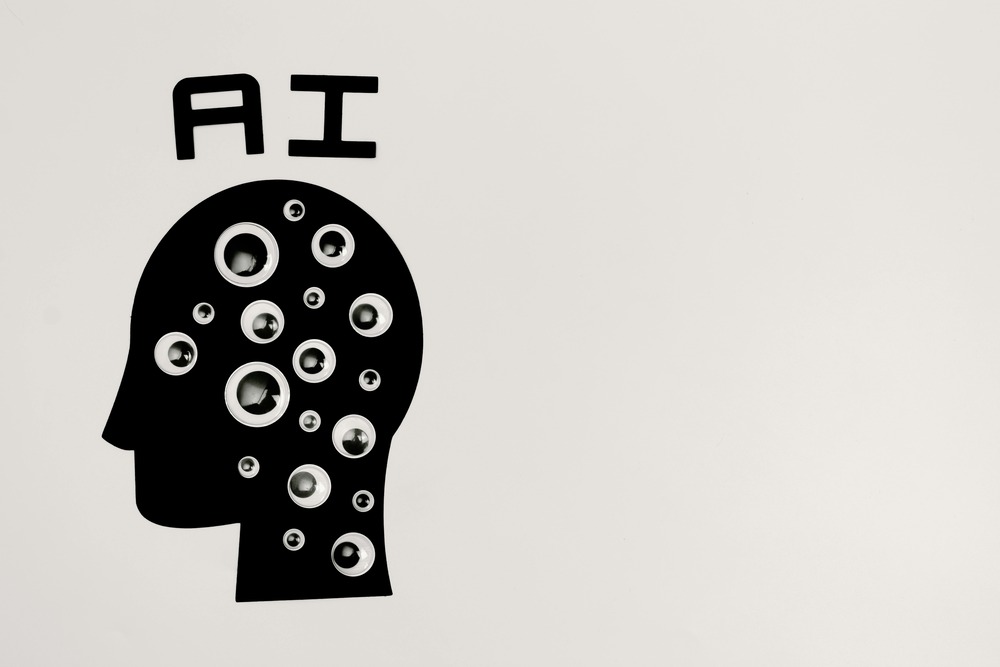Artificial intelligence, or AI, has become a buzzword in recent years as advancements in technology have allowed for the development of increasingly sophisticated algorithms and systems. From self-driving cars to virtual assistants, AI is revolutionizing the way we live and work. In this article, we will delve into what AI is, how it works, and what you need to know about this rapidly evolving field.
What is Artificial Intelligence?
Artificial intelligence is a branch of computer science that focuses on the development of intelligent machines that can perform tasks that typically require human intelligence. These tasks can include speech recognition, decision-making, visual perception, and language translation. AI systems are designed to learn from data, recognize patterns, and make decisions without human intervention.
There are two main types of AI: narrow AI and general AI. Narrow AI, also known as weak AI, is designed to perform specific tasks, such as speech recognition or image classification. General AI, on the other hand, is a theoretical form of AI that can perform any intellectual task that a human can. While narrow AI is currently more prevalent, researchers are working towards developing general AI in the future.
How Does Artificial Intelligence Work?
Artificial intelligence relies on machine learning algorithms to analyze data, identify patterns, and make decisions. Machine learning is a subset of AI that focuses on teaching machines to learn from data without being explicitly programmed. There are several types of machine learning algorithms, including supervised learning, unsupervised learning, and reinforcement learning.
In supervised learning, the algorithm is trained on labeled data, which means that the correct output is provided for each input. The algorithm learns from the labeled data to make predictions on new, unseen data. In unsupervised learning, the algorithm is trained on unlabeled data, and it must identify patterns and make inferences on its own. Reinforcement learning is a type of machine learning where the algorithm learns through trial and error, receiving rewards for correct actions and penalties for incorrect actions.
Artificial intelligence systems can also be powered by neural networks, which are computational models inspired by the human brain. Neural networks consist of interconnected nodes, or neurons, that process information and make decisions. Deep learning is a subset of neural networks that uses multiple layers of nodes to learn complex patterns in data.
Applications of Artificial Intelligence
Artificial intelligence is being used in a wide range of applications across industries, including healthcare, finance, transportation, and entertainment. In healthcare, AI is being used to diagnose diseases, recommend treatments, and predict patient outcomes. In finance, AI is being used for fraud detection, risk assessment, and algorithmic trading. In transportation, AI is being used for autonomous vehicles, traffic management, and route optimization. In entertainment, AI is being used for personalized recommendations, content creation, and immersive experiences.
AI is also being used in natural language processing, computer vision, and robotics. Natural language processing allows machines to understand and generate human language, enabling applications such as virtual assistants and language translation. Computer vision allows machines to interpret and analyze visual information, enabling applications such as facial recognition and autonomous drones. Robotics combines AI with physical actuators to create machines that can perform tasks in the physical world, such as manufacturing and logistics.
Ethical and Social Implications of Artificial Intelligence

As AI becomes increasingly integrated into our daily lives, there are ethical and social implications that must be considered. One concern is the potential for bias in AI systems, as they learn from data that may reflect societal prejudices. For example, AI algorithms that are used in hiring or lending decisions may inadvertently perpetuate discrimination based on race or gender. Another concern is the impact of automation on jobs, as AI systems may replace human workers in certain industries.
There are also concerns about privacy and security, as AI systems may collect and analyze large amounts of personal data. There is a need for transparent and accountable AI systems that respect individual rights and protect sensitive information. Additionally, there are concerns about the potential for AI systems to be used for malicious purposes, such as cyberattacks or misinformation campaigns.
FAQs about Artificial Intelligence
What is the difference between AI and machine learning?
Artificial intelligence is a broad field of study that encompasses a range of technologies and techniques, including machine learning. Machine learning is a subset of AI that focuses on teaching machines to learn from data without being explicitly programmed.
What are some examples of AI in the real world?
Some examples of AI in the real world include virtual assistants like Siri and Alexa, autonomous vehicles like self-driving cars, and facial recognition technology used in security systems.
How is AI being used in healthcare?
AI is being used in healthcare to diagnose diseases, recommend treatments, and predict patient outcomes. For example, AI algorithms can analyze medical images to detect abnormalities or analyze patient data to identify patterns that may predict future health issues.
What are some ethical concerns about AI?
Some ethical concerns about AI include bias in algorithms, automation of jobs, privacy and security issues, and potential misuse of AI for malicious purposes.
What is the future of AI?
The future of AI is likely to involve the development of more sophisticated algorithms, increased integration into everyday devices, and the continued debate over ethical and social implications. Researchers are also working towards the development of general AI, although this remains a long-term goal.
Conclusion
Artificial intelligence is a powerful technology that has the potential to transform industries and improve our quality of life. However, there are ethical, social, and technical challenges that must be addressed to ensure that AI is used responsibly and ethically. By understanding the basics of AI and staying informed about its developments, we can harness its potential for positive change and innovation.
